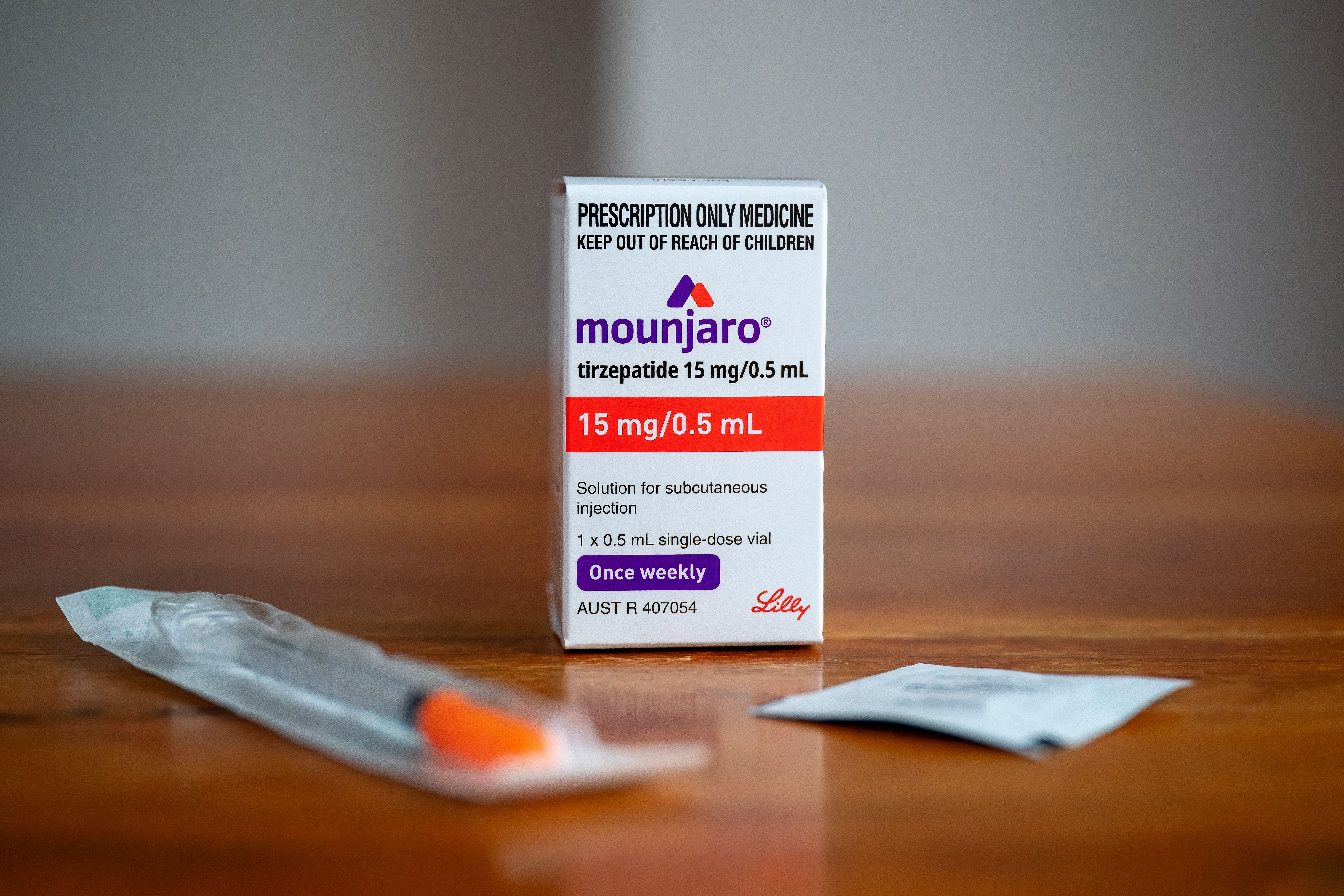Article
SGLT2 Inhibitors, GLP-1 RAs Featured in Prevention Guidelines
Author(s):
The prevention document, released during ESC Congress 2021, marked the first update of this section of the guidelines in 8 years. It featured changes that reflect the arrival of a pair of drug classes with proven benefits in CV outcomes but that experts say are underutilized.
Updated prevention guidelines from the European Society of Cardiology (ESC) call for the use of sodium glucose co-transporter 2 (SGLT2) inhibitors and glucagon-like peptide-1 receptor agonists (GLP-1 RAs) in certain circumstances, along with a host of recommendations for diet, exercise, alcohol use, and public policy changes to improve cardiovascular (CV) health at the population level.
The prevention document, released August 30 during ESC Congress 2021, marked the first update of this section of the guidelines in 8 years. It featured changes that reflect the arrival of a pair of drug classes with proven benefits in CV outcomes but that experts say are underutilized. The prevention guidelines were published in the European Heart Journal.1
New Level 1 recommendations—a level earned because there is evidence or general agreement that a treatment or procedure is beneficial, useful, and effective—include guidelines for screening, medication, categorization of patients by risk level, and mental health considerations, which should be seen as “influencing” if they impede use of the health care system. Level 1 changes include:
Screening. These recommendations are built around the SCORE2 algorithm, which is the updated version ofSystematic COronary Risk Evaluation (SCORE).2 These are charts for high and low CV disease (CVD) risk levels based on gender, age, total cholesterol, systolic blood pressure, and smoking status, with levels of relative risk and qualifiers, as well as instructions. The SCORE2-OP algorithm is to be used for older persons.3
Guidelines call for using SCORE2 to develop a 10-year fatal and nonfatal CVD risk profile in apparently healthy people <70 years without any of the following: established atherosclerotic CVD (ASCVD), diabetes, chronic kidney disease (CKD), high blood pressure (BP), or a genetic lipid disorder. Use SCORE2-OP for patients >70 years.
Classification. The guidelines state: “Patients with established ASCVD and/or diabetes and/or moderate-to-severe renal disease and/or genetic/rarer lipid or BP disorders are to be considered at high or very high CVD risk.”
Guidelines call for a stepwise treatment approach if patients are apparently healthy but have a high or very high ASCVD risk. The same approach is recommended for those with established ASCVD and/or diabetes, while considering CVD risk, benefit of treatment, risk modifiers, comorbidities, and individual patient preferences. Guidelines specifically call for “an informed discussion” about CVD risk and treatment benefits.
Intervention. Once a patient is diagnosed with heart failure (HF), the guidelines recommend enrollment in a comprehensive program to reduce the risk of HF hospitalization.
If patients have a cerebrovascular event, guidelines call for improvements in lifestyle factors alongside appropriate pharmacological management.
Identification of risk factors and concomitant diseases—and their management—is essential to treatment if a patient is diagnosed with atrial fibrillation.
BP and cholesterol goals. The prevention guidelines feature specific targets for BP and low-density lipoprotein cholesterol based on risk level, diabetes status, and age. The guidelines state that the “first objective of treatment” is to lower BP to < 140/90 mm Hg, and that subsequent targets should be tailored to each patient’s age and comorbidities.
Lifestyle. Multiple studies about the effects of sitting for long periods have appeared since 2013, and the new guidelines call for reducing sedentary time “to engage in at least light activity throughout the day to reduce all-cause and CV mortality and morbidity.”
Dietary recommendations call for a Mediterranean or similar diet and for eating fish, preferably fatty, at least weekly, while limiting processed meat.
Alcohol should be limited to 100 g per week (10 drinks), and smoking cessation is recommended “regardless of weight gain,” as this does not lessen the ASCVD benefits of quitting smoking.
Treatment. Treatment of ASCVD risk factors is recommended in apparently healthy people without diabetes, CKD, high BP, or lipid disorders if they have very high CVD risk, defined as SCORE2 > 7.5% for those less than 50 years; SCORE2 > 10% for those aged 50 to 69 years; and SCORE2-OP > 15% for those 70 years or older.
Therapies. For patients with type 2 diabetes (T2D) and ASCVD, using a GLP-1 RA or SGLT2 inhibitor “with proven outcome benefit” is recommended to prevent CV events and improve cardiorenal outcomes.
If patients have T2D and CKD, an SGLT2 inhibitor is recommended to improve CVD and cardiorenal outcomes. In those with T2D and HF with reduced ejection fraction, an SGLT2 inhibitor is recommended to cut the risk of HF hospitalization and CV death, consistent with recommendations released August 27, 2021, for HF.4
Adding a second antithrombotic drug (a P2Y12 inhibitor or low-dose rivaroxaban) to aspirin for long-term secondary prevention should be considered in patients who are at high risk of ischemic events.
Policy.Guidelines recommend measures to limit air pollution, including reducing the use of fossil fuels and reducing particulate matter and carbon dioxide emissions, to reduce CV death and disease at the population level.
References
- Visseren FLJ, Mach F, Smulder YM, et al; ESC Scientific Document Group.2021 ESC Guidelines on cardiovascular disease prevention in clinical practice. Eur Heart J. 2021;42(34):3227-3337. doi:10.1093/eurheartj/ehab484
- SCORE2 Working Group and ESC Cardiovascular Risk Collaboration. SCORE2 risk prediction algorithms: new models to estimate 10-year risk of cardiovascular disease in Europe. Eur Heart J. 2021;42(25):2439-2454. doi:10.1093/eurheartj/ehab309
- SCORE2 Working Group and ESC Cardiovascular Risk Collaboration. SCORE2-OP risk prediction algorithms: estimating incident cardiovascular event risk in older persons in four geographical risk regions. Eur Heart J. 2021;42(25):2455-2467. doi:10.1093/eurheartj/ehab312
- McDonagh TA, Metra M, Adamo M, et al; ESC Scientific Document Group. 2021 ESC Guidelines for the diagnosis and treatment of acute and chronic heart failure. Published online August 27, 2021. Eur Heart J. doi:10.1093/eurheartj/ehab368




